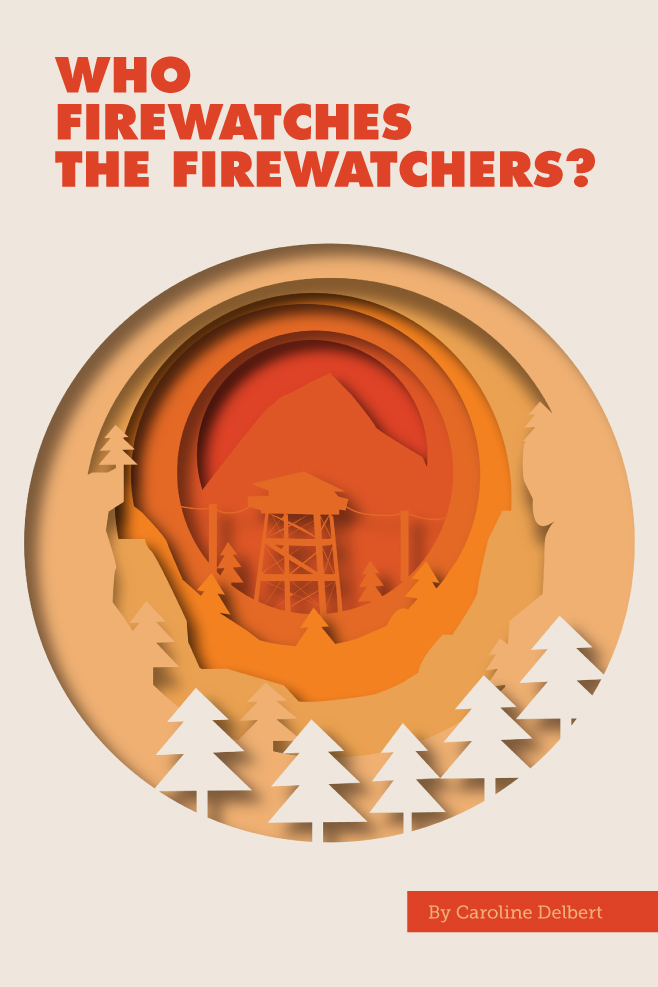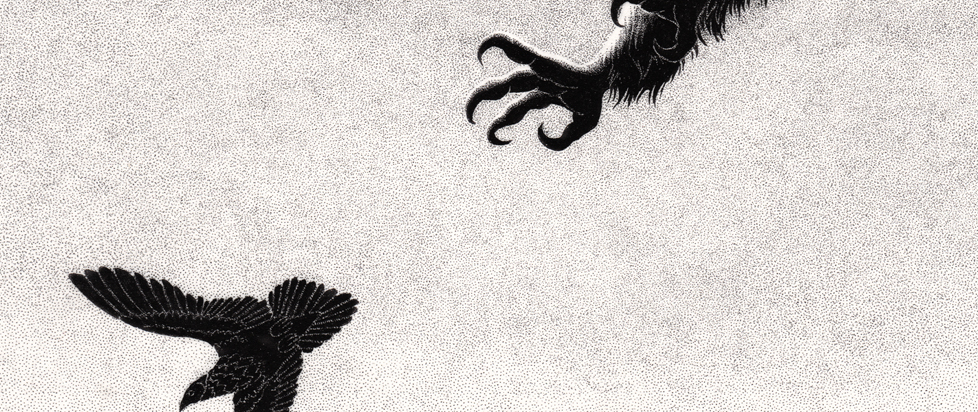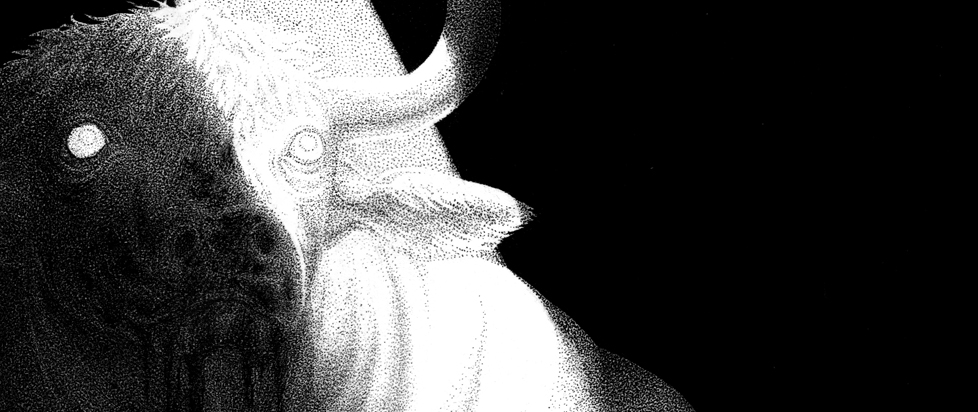
Who Firewatches the Firewatchers
This is an excerpt from the cover story of Unwinnable Monthly #134. If you like what you see, grab the magazine for less than ten dollars, or subscribe and get all future magazines for half price.

Firewatch’s Henry is running from his life, but even in Shoshone, he ends up craving Delilah’s companionship even just over the two-way radio. My friend Marshall is something of a loner who has grown more and more interested in more and more remote things. He has a normal day job but spends as much time as possible outside, hiking and climbing things at a far faster clip than most other hikers.
When he first played the game a couple years after its release, Marshall liked how the game showed such an outdoorsy job in a beautiful setting. For an avid hiker who prefers his own company anyway, what isn’t to like? It seemed like a good pretense to hike somewhere and then stay there for a while. But with a regular, full-time job, Marshall couldn’t pick up for four or five months a year, even if paid fire lookout positions still existed in his part of California. “I thought it was something where you had to quit your job and get sent to the wilderness, Firewatch style,” he says.
 Then, on a trip to nearby Baja, Marshall met someone who said she had recently started working as a fire lookout volunteer: “[O]ne of the women on the trip had been doing it for two or three years and said, ‘You just do a few days of training and they just put you up the tower.’”
Then, on a trip to nearby Baja, Marshall met someone who said she had recently started working as a fire lookout volunteer: “[O]ne of the women on the trip had been doing it for two or three years and said, ‘You just do a few days of training and they just put you up the tower.’”
Her commitment was for a weekend at a time, not a season. And because of the unique qualities of the state of California, Marshall didn’t even have to go far to find an active lookout where he could volunteer.
“If you start a fire in the wilderness in Alaska, it’s like Firewatch,” he says, meaning in an extremely remote area where people must call in outside firefighters. (Dr. Joel Fleischman even visits a fire lookout to treat a troubled park ranger in an episode of Northern Exposure.) The forest damage may be the same, but a fire in Alaska must usually travel much further before it runs into a settlement. In California, any wildfire quickly becomes a human population problem.
“[Fires] got right up to the edge of Idyllwild, the only significant mountain settlement in the [San Jacinto Mountains], and driving up there the first time after the fires it was an absolute moonscape,” Marshall says. “Seeing how close it got and how much it destroyed was a motivating factor, because I really like the area and don’t want it to burn down.”
I joke to him that southern California sounds like a full real-life geophysical diagram – I promise you know the one, usually a hand-drawn illustration in a textbook where you see a mountain, a hill, a butte, and a mesa; an ocean, a delta, a river, a stream and a lake; all labeled and crammed into one square mile of landscape. Yes, Marshall confirms, he has hiked in the snow and gone to the beach on the same day.
Because of its high population and increasingly frequent wildfires, California leads the way in multidimensional fire prevention and reporting. If Marshall ever does see a fire he must report, that radio call triggers a reaction that could involve bringing in helicopters to pinpoint the fire and planes to drop water onto it, for example. Yes, cameras and automation do a great job, but the human eye is still a valuable tool, especially when people like Marshall volunteer for the job and cost very little to house…
———
Caroline Delbert is a writer, avid reader and enthusiast of just about everything. Find her everywhere at @aetataureate.
You’ve been reading an excerpt from Unwinnable Monthly Issue 134.
To read the article in its entirety, please purchase the issue from the shop or sign up for a subscription to Unwinnable Monthly!




